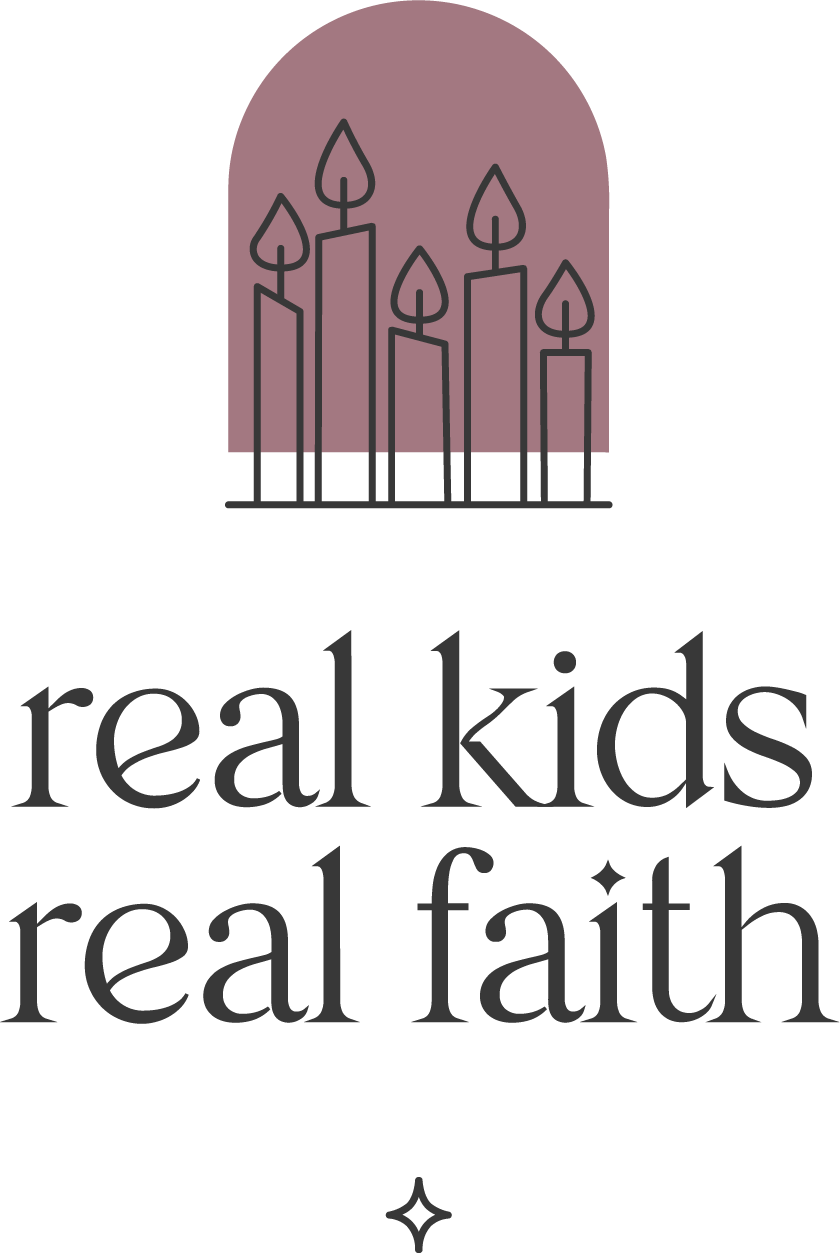“Thanks, mom!” Every time one of my kids says those words, my heart does a happy dance. Not only am I pleased that they have noticed my efforts on their behalf, I also feel like I’ve been a good parent. I’ve instilled in them the habit of giving thanks.
When we talk about gratitude, we often emphasize what children should do to show others appreciation. Yet studies show that genuinely experiencing gratitude is as important as expressing thanks. Such experiences offset the message of ‘rugged individualism’ rampant in American popular culture. They provide concrete examples of everyday communal connections.
Researchers have identified four elements of a full gratitude experience: noticing, thinking, feeling, and doing. Paying attention to each aspect helps children tune into how their relationships with others make a difference in their lives. It also increases their sense of belonging and value in their family and community.
Broader cultural messages of self-reliance mean that parents and caregivers need to teach kids to notice the contributions that other people and things make to their lives. One powerful way to do so is for adults to name ways that others support us through their actions. Such statements illustrate our continued interdependence even as ‘grown-ups’. Another option is to develop a family practice of identifying good things and people in our lives as part of a mealtime, bedtime, or other shared ritual.
Once your child has identified something they have received, invite them to think about the value of that contribution. Ask questions like, “How does this make your life better?” and “What would be different if you hadn’t received this?” Encourage them to use creative ways (e.g., drawing, making a chart, writing in a journal, shooting a video) to project future consequences and explore alternative scenarios. For example, getting a ride to practice from a neighbor after the family car wouldn’t start might contribute to becoming part of a winning team and missing practice might have resulted in getting cut for too many absences if the trouble persisted.
Alongside thinking about what they have received, encourage children to explore how they feel about the contribution. Suggest that they recall the emotions they experienced in the moment. Invite them to close their eyes and reenact the event in their mind, noticing how their body feels as they do so. Provide art supplies so they can express their feelings through images and colors. You might even ask them to use their body to express how they feel by exaggerating their expression and striking a pose or moving in concert with their feelings.
Finally, suggest that kids do something that shows their gratitude for the contribution. A simple “thank you” is always a good start. However, researchers have found that deeper acknowledgements make a more lasting impression on children. Such responses include a statement about what was received, recognition of the cost to the other person, and the value of the contribution to the recipient. Expressions of gratitude can be written, verbal, and/or artistic. For example, a child who received a grandparent’s help learning to ride a bike might share a photo of them on their bike with a speech bubble saying, “Thanks to your hours of support I can ride!”

Comments